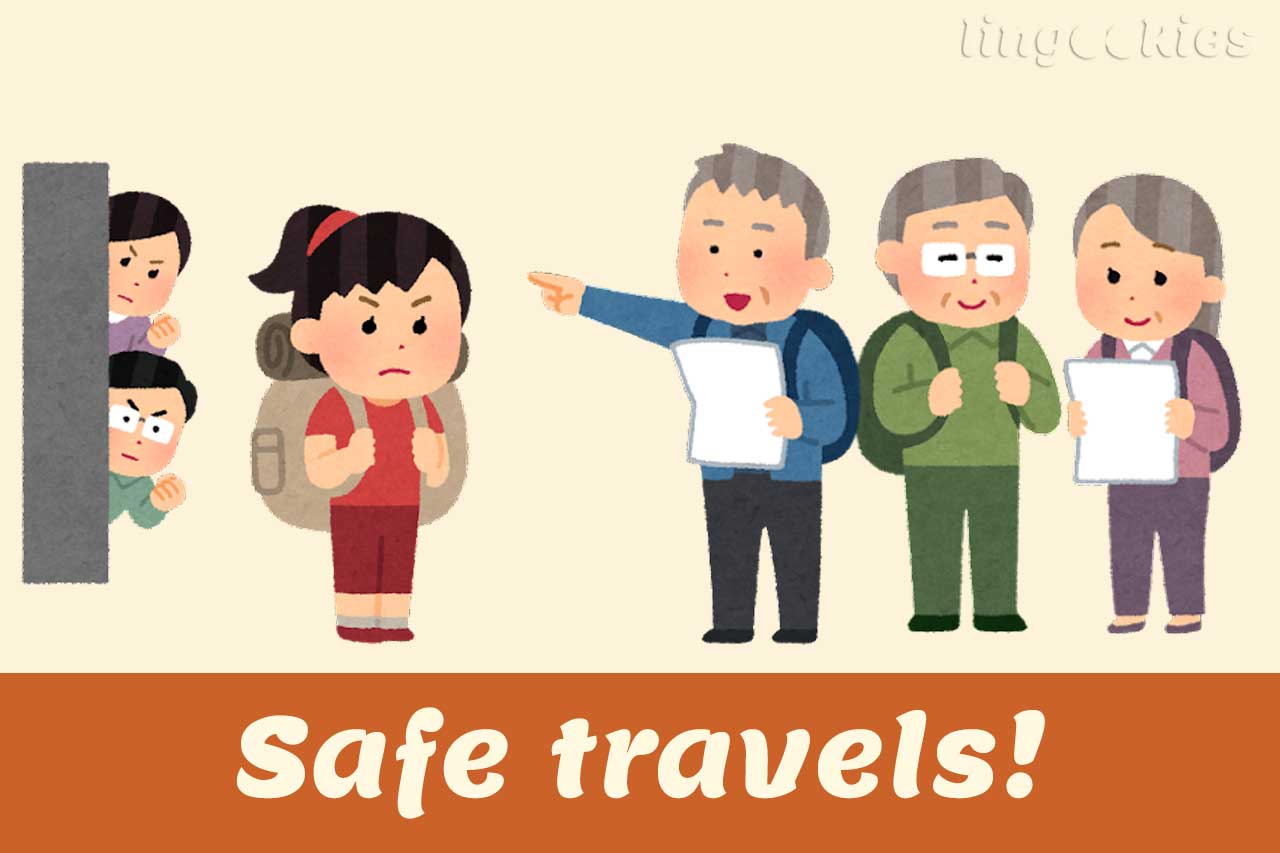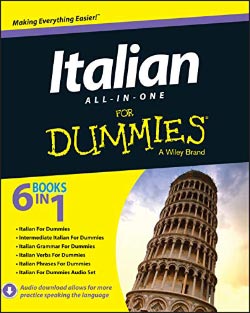How exactly do you wish safe travels in Italian? What is more appropriate to say depending on the relationship between you and the other person?
In this lesson, we will take a look at the different ways you can translate this sentence into Italian. Read on to learn them all!
Buon…?
Good…?
Let’s get started! Iniziamo!
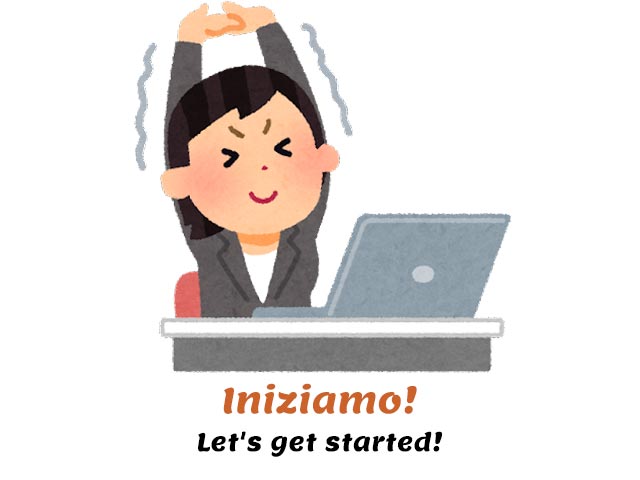
How do you say safe travels in Italian?
Singular: Fai buon viaggio!
Fai buon viaggio is how you translate safe travels in Italian when you are addressing only one person you are on familiar terms with.
Fai buon viaggio!
Safe travels! (singular, informal)
This common sentence in Italian is made up of three elements.
Fai
Imperative for “you do”, informal
Buon
Good
Viaggio
Travel
Ti chiamo non appena arrivo all’aeroporto. – Fai buon viaggio!
I’ll call you as soon as I’m at the airport. – Safe travels!
Mi raccomando, guida con prudenza. Fai buon viaggio!
Be sure to drive safely. Have a safe trip!
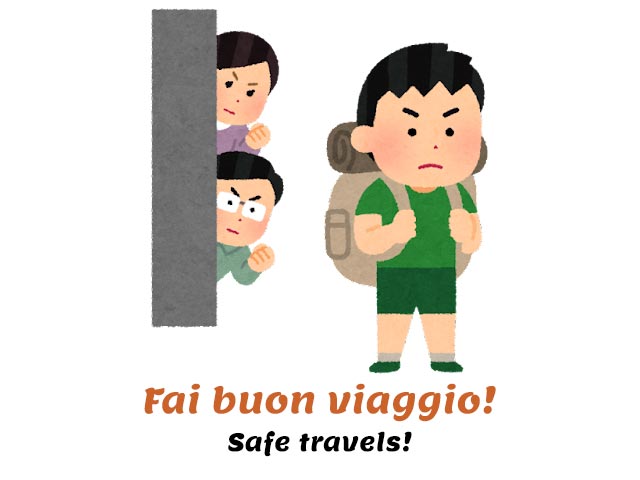
You can’t translate safe travels literally. You can’t say “viaggi sicuri” if you want to wish someone a safe journey. If you use an online translator, the result will be “viaggi sicuri”, but this is completely out of context because you are literally saying “safe travels” in Italian, not intended as a wish.
Fai can be shortened to fa’, with an apostrophe (never as fà, that’s a common mistake made by students and some locals!). It’s the second-person imperative of the verb fare, which means “to do”.
Imperative tense conjugation of fare
| io | — |
| tu | fai |
| lui, lei | faccia |
| noi | facciamo |
| voi | fate |
| loro | facciano |
Che facciano quello che vogliono, non mi importa niente.
Let them do whatever they want, I don’t care at all.
Facciamo una piccola pausa!
Let’s take a little break!
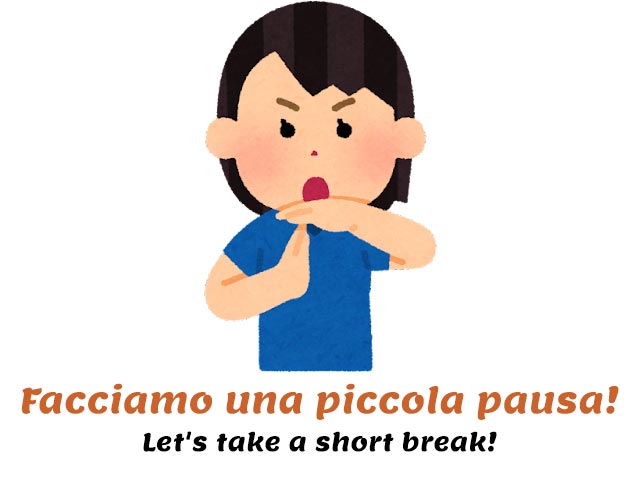
We have buon viaggio, which literally means “good journey”. You can actually use buon viaggio! just as an exclamation to translate the English sentence “have a good trip”.
Now, what do you have to say to wish a group of people a good trip in Italian? You need to conjugate the verb fare in the second person plural. Let’s look at this form in the next paragraph.
Title: Italian All-in-One For Dummies
Language: English / Italian
Publisher: For Dummies
Pages: 672
Learn to speak Italian like a native? Easy.
Italian All-in-One For Dummies appeals to those readers looking for a comprehensive, all-encompassing guide to mastering the Italian language. It contains content from all For Dummies Italian language instruction titles, including Italian For Dummies, Intermediate Italian For Dummies, Italian Verbs For Dummies, Italian Phrases For Dummies, Italian Grammar For Dummies, and Italian For Dummies Audio Set.
Plural: Fate buon viaggio!
Fate buon viaggio! is how you translate safe travels in Italian when you are addressing more than one person.
Fate buon viaggio!
Safe travels (plural)
In Italian, unlike English, there are two kinds of “you”. There is a singular “you” and then there is a plural “you”. If you are addressing a group, you must conjugate the imperative of the verb fare according to the latter pronoun, which is voi.
From the table in the previous paragraph, you can see that the conjugated form to use is fate.
Fate buon viaggio! Chiamatemi se ci sono problemi.
Safe travels! Call me if there are any problems.
Partiremo domani per Nizza. – Fate buon viaggio!
We will leave tomorrow for Nice. – Have a safe trip!
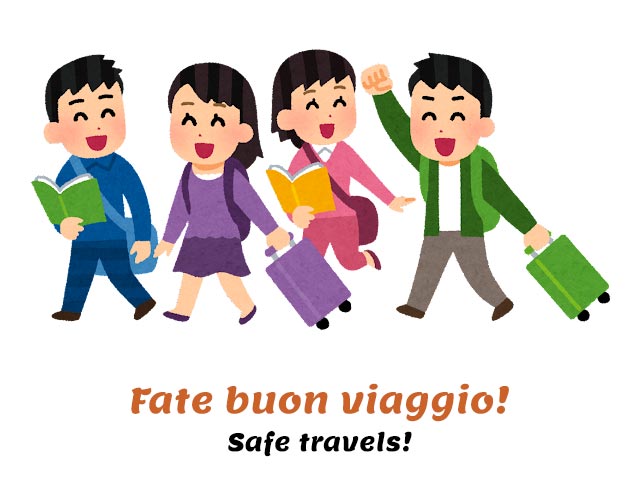
Now, how do you wish safe travels in Italian when you need to be polite? Keep on reading to find out!
Formal: Faccia buon viaggio!
If you are just visiting Italy and often meet new people, unless you both agree to use the informal pronoun tu, you will have to stick to the polite pronoun Lei when talking to other adults and people you do not know. With children, it’s customary to use tu regardless of familiarity.
So, how do you formally wish safe travels in Italian?
Faccia buon viaggio!
Safe travels! (polite)
Faccia buon viaggio, dottore!
Have a safe journey, doctor!
This wish uses the third person singular conjugated form. Basically, Italians address each other formally with the subject “you”, lei.
And that’s the end of our lesson on how to say safe travels in Italian in all its forms!
What next?
➡️ Learn other common Italian questions!
Now that you’ve seen how to say safe travels in Italian, you might want to keep learning Italian online with these free Italian resources:
❤️ If you liked this lesson on how do you say safe travels in Italian, consider sharing it with your social media friends who are also studying Italian.

